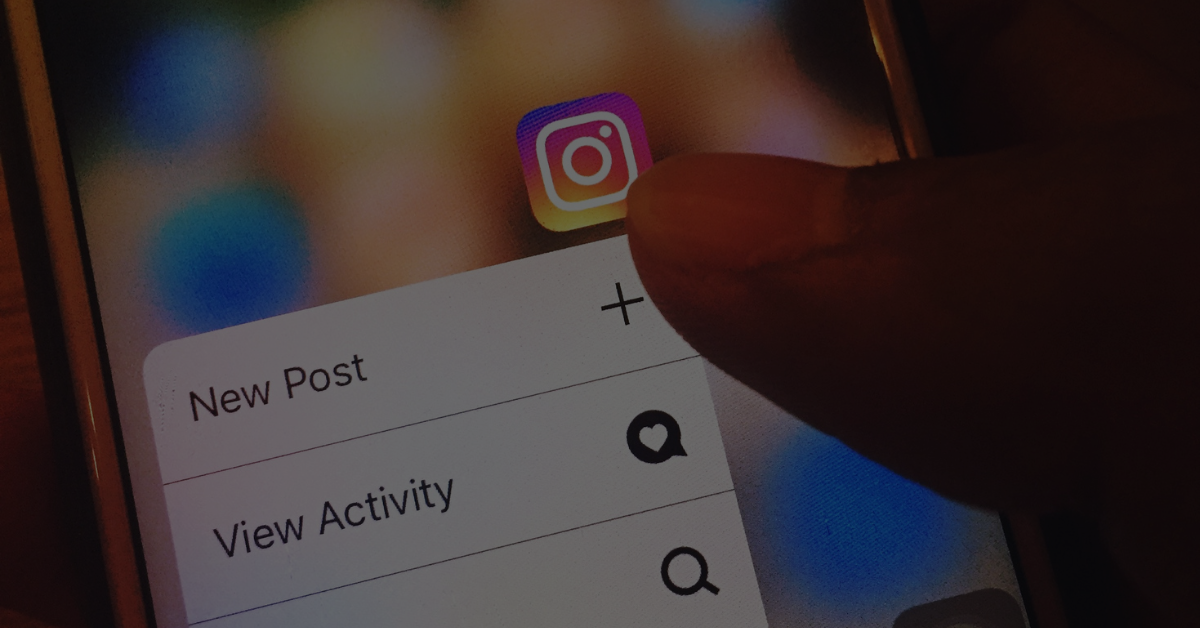What Not to Do When Your Brand Is Facing Controversy: A Lesson from Duolingo
TL;DR + Key Takeaways
-
Duolingo’s shift to AI-first operations sparked backlash due to layoffs, tone-deaf messaging, and poor communication.
-
The company’s cryptic response video and social media silence made things worse instead of addressing public concerns.
-
Key lesson: In a controversy, lead with transparency, empathy, and clear communication, not spin or satire.
What Happened to Duolingo?
In an era where every corporate decision can cause public scrutiny in real time, how a brand responds to controversy matters just as much as the controversy itself. Duolingo, the beloved language-learning app known for its witty mascot and playful social media presence, is currently learning that lesson the hard way.
.jpg?width=619&height=348&name=duolingo-social%20(1).jpg)
In the past few months, Duolingo has faced serious backlash over its decision to embrace an “AI-first” business model. And while the shift to AI is a major move that many companies are exploring, it’s not the strategy alone that has people talking, it’s the way Duolingo is communicating (or not communicating) through the fallout.
Here’s a breakdown of what went wrong, and what other brands can learn from it.
❌ Mistake #1: Firing People and Framing It as “Empowering Creativity”
Duolingo laid off 10% of its contractor workforce and shifted many roles, like content creation and translation, to AI tools like GPT-4. CEO Luis von Ahn positioned this as a way to remove 'bottlenecks' and free up employees for more creative work.
.jpg?width=499&height=348&name=duolingo-ceo%20(1).jpg)
But here’s the issue: when people are losing jobs, claiming you’re “unlocking creativity” rings hollow. Framing mass layoffs as an exciting innovation, without acknowledging the human impact, comes off as dismissive and tone-deaf.
What to do instead: Acknowledge the real consequences of your decisions. Even if you're confident in your direction, transparency and empathy go a long way. People don’t just want logic, they want to feel heard.
❌ Mistake #2: Going Silent on Social Media
In response to the backlash, Duolingo wiped its TikTok and Instagram accounts, deleting all prior content. For a brand known primarily for its social presence, this looked like an attempt to avoid the conversation entirely.
.png?width=656&height=363&name=duolingo-deleted-instagram%20(1).png)
What to do instead: Don’t disappear when the heat turns up. Social media is a dialogue, not a broadcast channel. Acknowledge concerns and commit to responding thoughtfully. Silence signals avoidance, not strength.
❌ Mistake #3: Posting a Cryptic, Bizarre “Response” Video
After days of silence, Duolingo returned to TikTok with a surreal video featuring someone in a Duolingo mascot head with a third eye, speaking in a dystopian monologue about “showing CEOs who’s in charge.”
This attempt at satire was confusing at best and dismissive at worst. It failed to address any of the public’s real concerns and made it seem like the brand was mocking its audience instead of listening to them.
@duolingo DUOLINGO WAS NEVER FUNNY. WE WERE.
♬ original sound - Duolingo
What to do instead: Humor can be a powerful tool, but only after you’ve acknowledged the issue directly and shown accountability. Don’t lead with sarcasm when people are looking for sincerity.
❌ Mistake #4: Undermining Human Educators
Perhaps most controversially, von Ahn suggested that AI might make teachers obsolete, saying schools could become “mostly childcare” while education is outsourced to AI.
This angered not just educators, but the wider public, who saw it as a reductive take on human connection in learning. Even if AI can assist in education, undermining real teachers struck a nerve.
What to do instead: Don’t devalue the human elements of your industry. If you’re introducing new technology, explain how it complements, not replaces, the people your customers already trust.
What Brands Should Learn
Duolingo’s missteps aren’t just about one company, they’re about a pattern we’re seeing more often as AI reshapes industries. The lesson? Innovation means little if your communication doesn’t reflect empathy, transparency, and accountability.

When your brand faces a crisis, don’t spin, connect. Be human. Be direct. And above all, respect the people you rely on most: your employees, your users, and your community.
Frequently Asked Questions (FAQs)
What happened to Duolingo?
Duolingo is facing backlash after announcing they're shifting to an AI focused platform, following the laying off of 10% of their staff. Alongside this, once they recieved backlash for these decisions, Duolingo did not comment and deleted all their social media posts. A week later, they followed this up with a video that avoided the topic... and people aren't buying it.
Does Duolingo use AI?
Yes, Duolingo uses AI. Duolingo, the language-learning app known for its owl mascot, has increasingly integrated AI into its operations. Last year, the company made headlines by temporarily substituting its CEO with an AI avatar during an earnings call. More controversially, it recently declared that it would permanently replace its contract workers with AI.



